13 Charming Colonial Towns in Latin America Full of Color and Culture
In Latin America, colonial towns are full of vibrant colors, rich history, and culture. The beautiful architecture, cobblestone streets, and lively atmosphere make them perfect for exploring. Every town has its own unique character, influenced by its colonial past. These towns are not just a place to visit, but a journey through time.
This post may contain affiliate links, which helps keep this content free. Please read our disclosure for more info.
San Miguel de Allende, Mexico
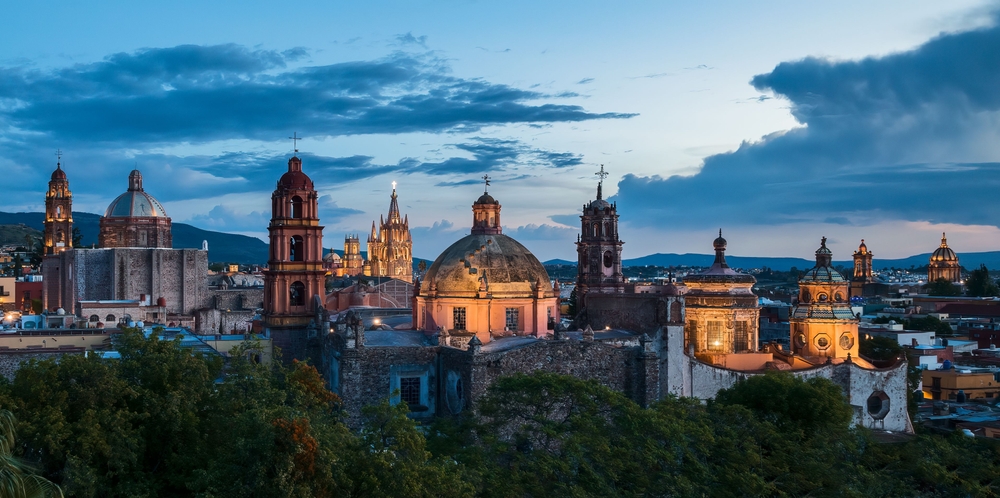
San Miguel de Allende is a picturesque town in the heart of Mexico, known for its well-preserved colonial architecture. The town’s vibrant streets are filled with brightly colored buildings, cobblestone paths, and stunning churches. It is a UNESCO World Heritage site, and its charm draws both locals and visitors from around the world. San Miguel is also home to a lively arts scene, with galleries, festivals, and craft markets offering a taste of local talent.
Walking through the town’s central plaza, you will notice the stunning Parroquia de San Miguel Arcángel, which is the centerpiece of the city. This striking pink sandstone church is an iconic symbol of the town. Visitors can enjoy strolling along tree-lined streets and explore the many cafes, restaurants, and artisan shops. San Miguel de Allende’s blend of history, art, and culture makes it a must-see destination in Latin America.
Cartagena, Colombia
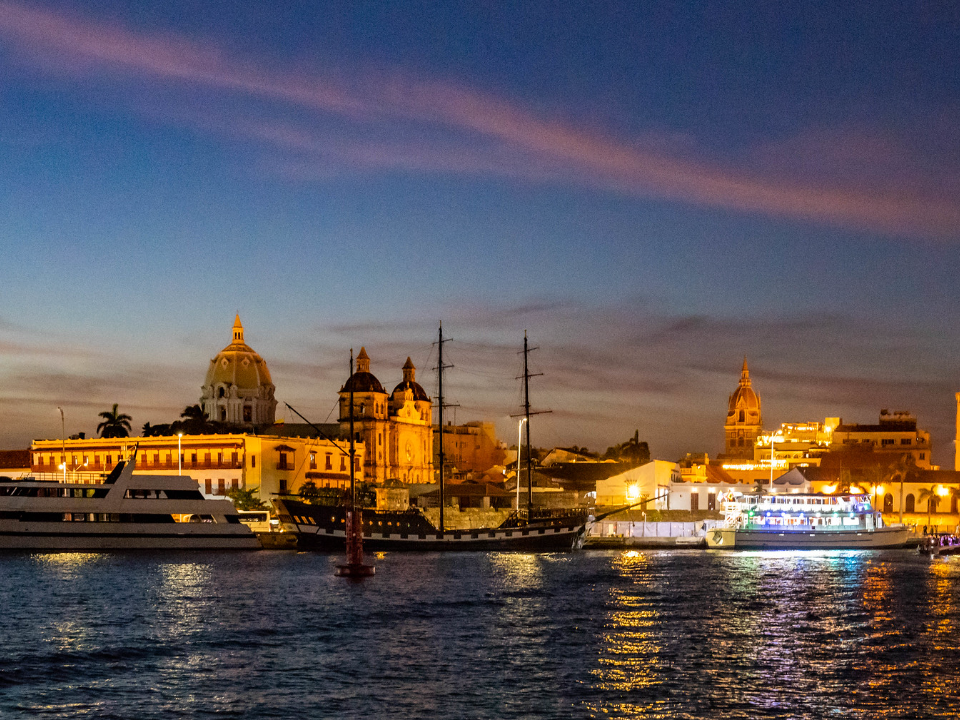
Cartagena, located on Colombia’s Caribbean coast, boasts a rich colonial history that comes to life through its colorful buildings and historic walls. The old town, known as the Walled City, is surrounded by large fortifications, which were built to protect the city from pirate attacks. These walls are now a UNESCO World Heritage site, attracting visitors who appreciate its historic charm. The streets are filled with colonial-era buildings adorned with colorful balconies and lush greenery, making it a photographer’s paradise.
Aside from its beauty, Cartagena is also known for its lively culture and festivals. The city hosts numerous events throughout the year, including the famous Cartagena Film Festival and the Hay Festival. The nearby beaches, vibrant nightlife, and delicious seafood make it an exciting destination for travelers. Cartagena’s fusion of history, culture, and tropical vibes make it an unforgettable colonial town to explore.
Antigua, Guatemala
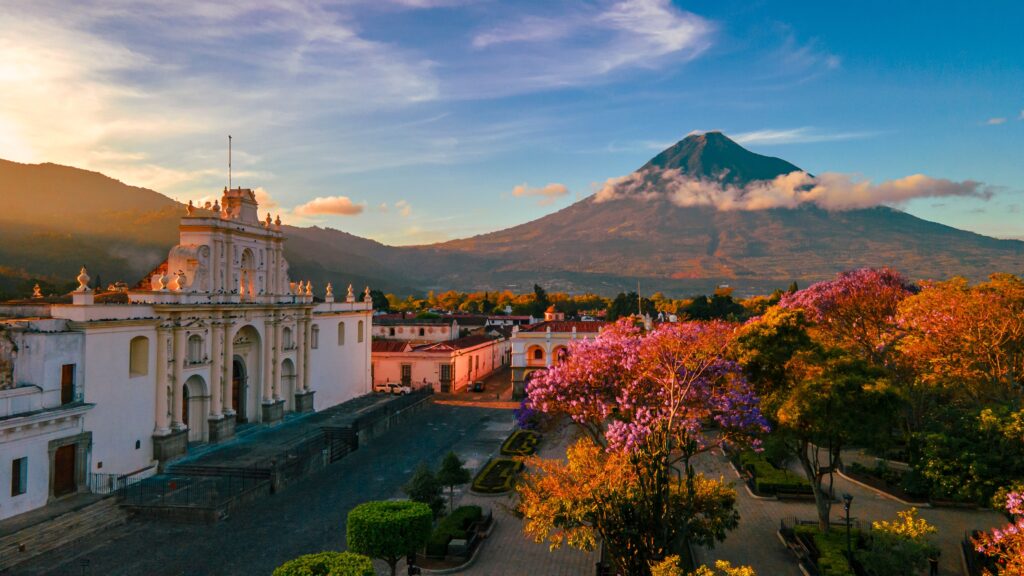
Antigua is a stunning colonial town nestled in the central highlands of Guatemala. Known for its cobblestone streets and colorful buildings, Antigua is often considered one of the most charming towns in Central America. The town is surrounded by volcanoes, adding a dramatic backdrop to its already breathtaking scenery. Antigua is a UNESCO World Heritage site, and its well-preserved architecture offers a glimpse into Guatemala’s colonial past.
In addition to its beautiful architecture, Antigua is famous for its lively cultural scene. The town hosts various festivals, including the famous Semana Santa (Holy Week) celebrations, which are among the most elaborate in the world. Visitors can explore colonial-era churches, quaint cafes, and vibrant markets. Antigua’s mix of historical charm and natural beauty makes it a top destination for those looking to experience Latin America’s culture and history.
Ouro Preto, Brazil
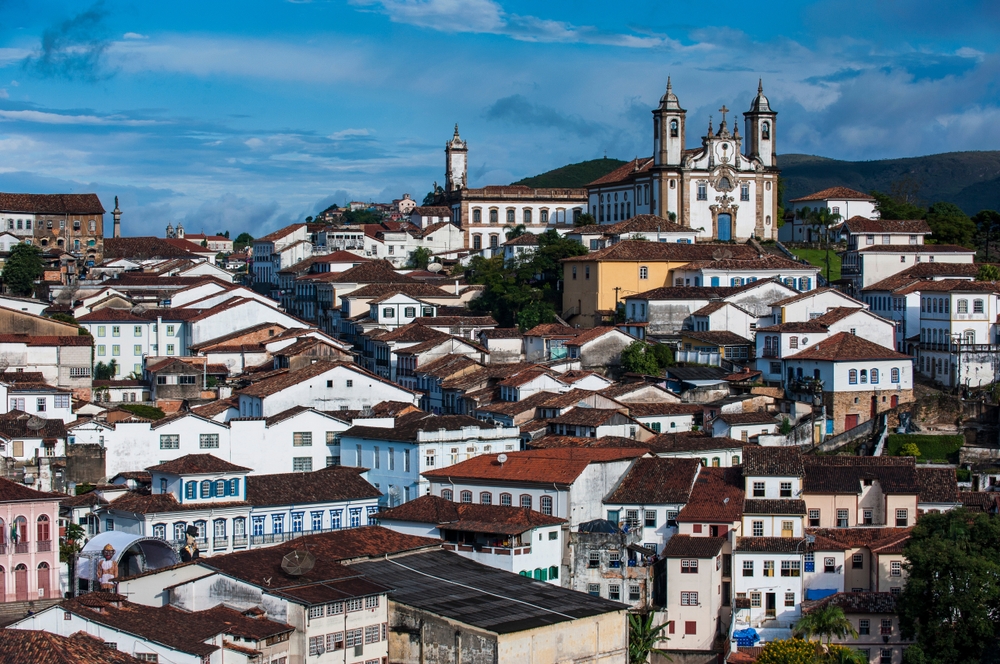
Ouro Preto, located in the state of Minas Gerais, is a historical town known for its well-preserved colonial architecture. The town was once the epicenter of Brazil’s gold rush and is now a UNESCO World Heritage site. Ouro Preto’s narrow streets are lined with baroque-style churches, colonial homes, and beautiful squares. The town’s distinctive black stone, which gave it its name, can be seen in many of its buildings and streets.
Visitors to Ouro Preto can explore its many historical sites, including the Church of Saint Francis of Assisi and the Museum of the Inconfidência, which tells the story of Brazil’s independence. The town’s hilly landscape offers stunning views, and the surrounding mountains add to its charm. Ouro Preto’s rich history and well-preserved colonial buildings make it an important destination for anyone interested in Brazil’s past.
Puebla, Mexico
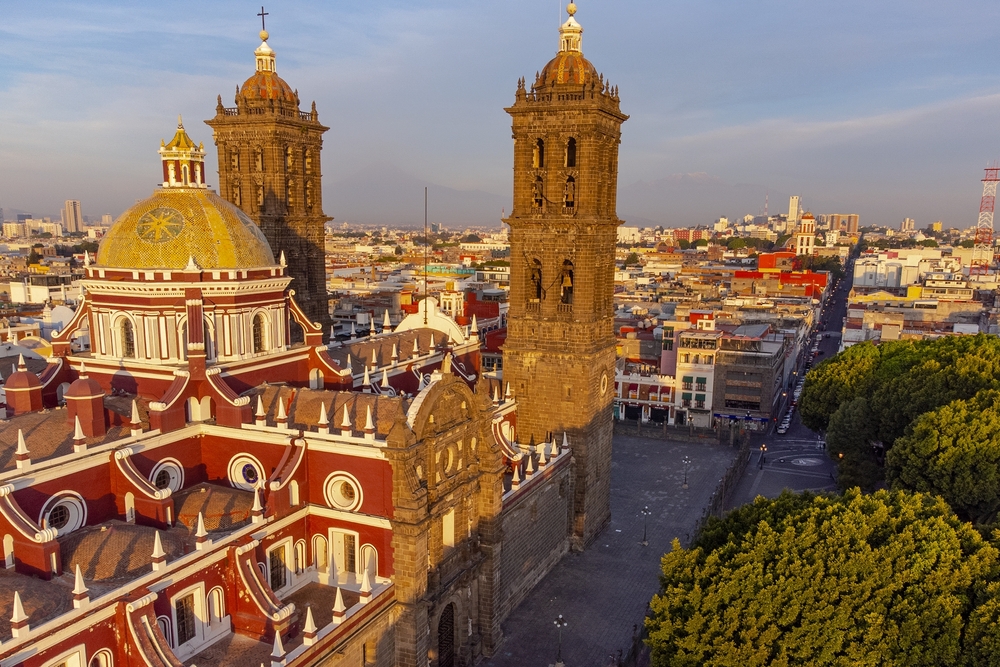
Puebla, located southeast of Mexico City, is a colonial gem known for its vibrant blue-tiled buildings and rich history. The town’s historic center is a UNESCO World Heritage site, filled with colonial churches, colorful buildings, and well-maintained public spaces. Puebla is also famous for its culinary scene, particularly its iconic dish, mole poblano. The town’s markets are filled with traditional crafts and local delicacies, offering visitors an authentic experience.
The city is home to several beautiful churches, including the Puebla Cathedral and the Church of Santo Domingo, which showcases stunning baroque architecture. Puebla’s combination of cultural heritage, delicious food, and striking architecture makes it a great place to explore for history and food enthusiasts. Visitors will find plenty to do, from sampling local treats to exploring the colorful streets and learning about Puebla’s colonial past.
Valparaíso, Chile
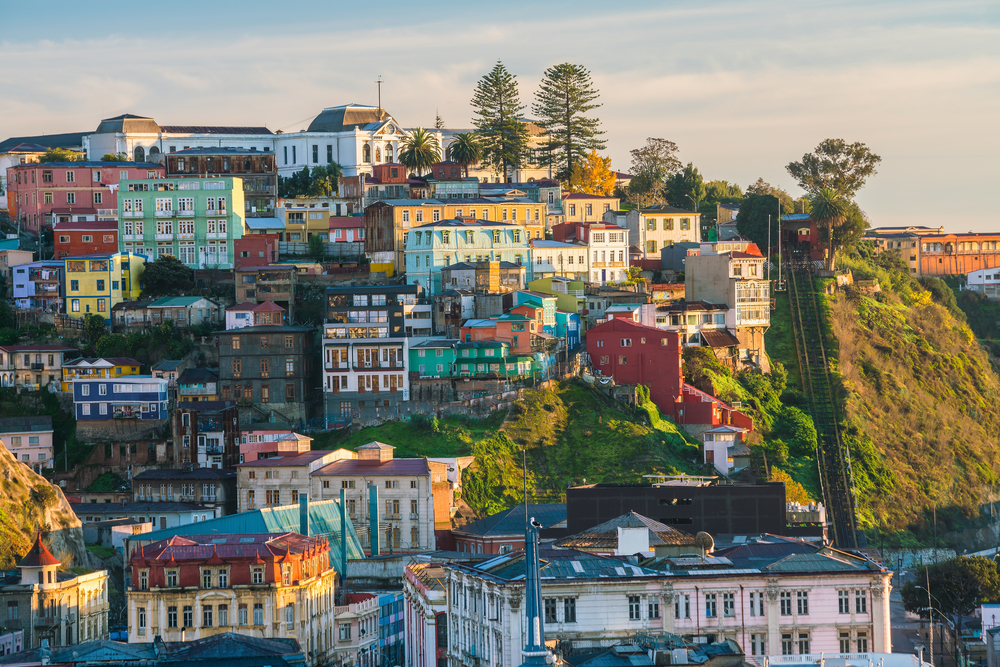
Valparaíso is a coastal city in central Chile, known for its colorful houses perched on the hills overlooking the Pacific Ocean. The town’s narrow streets are lined with vibrant murals, historic buildings, and quirky shops, making it one of the most artistic cities in Latin America. Valparaíso is also a UNESCO World Heritage site, celebrated for its unique architecture and cultural significance. The funiculars that take visitors up and down the hills are part of what makes the town special.
This city is also famous for its lively arts scene, with many museums, theaters, and galleries showcasing the work of local artists. Valparaíso has a bohemian atmosphere, with cafes and bars offering stunning views of the ocean. Its colorful streets and artistic charm make it a must-visit destination for those looking to experience the creative heart of Chile.
San Cristóbal de las Casas, Mexico
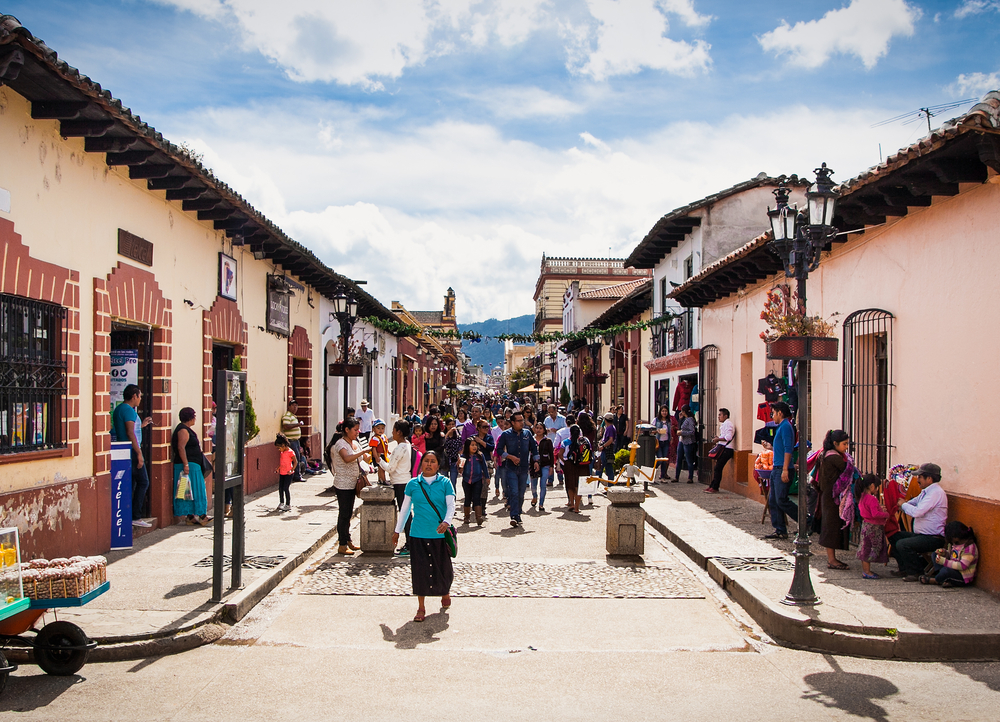
San Cristóbal de las Casas is a charming town in the highlands of Chiapas, Mexico, known for its indigenous culture and colonial history. The town’s cobblestone streets are lined with brightly colored buildings and traditional markets selling handmade crafts. San Cristóbal’s central square is a lively gathering place, where visitors can enjoy the local atmosphere and meet friendly locals. The town is also a great base for exploring the surrounding indigenous villages and natural beauty of Chiapas.
In addition to its charming streets and lively markets, San Cristóbal de las Casas offers visitors a glimpse into Mexico’s rich indigenous heritage. The town is home to several indigenous groups, and their traditions are reflected in the art, food, and festivals that take place throughout the year. This mix of history and culture, along with the town’s picturesque setting, makes San Cristóbal de las Casas a perfect destination for those looking to explore a lesser-known colonial gem.
Arequipa, Peru
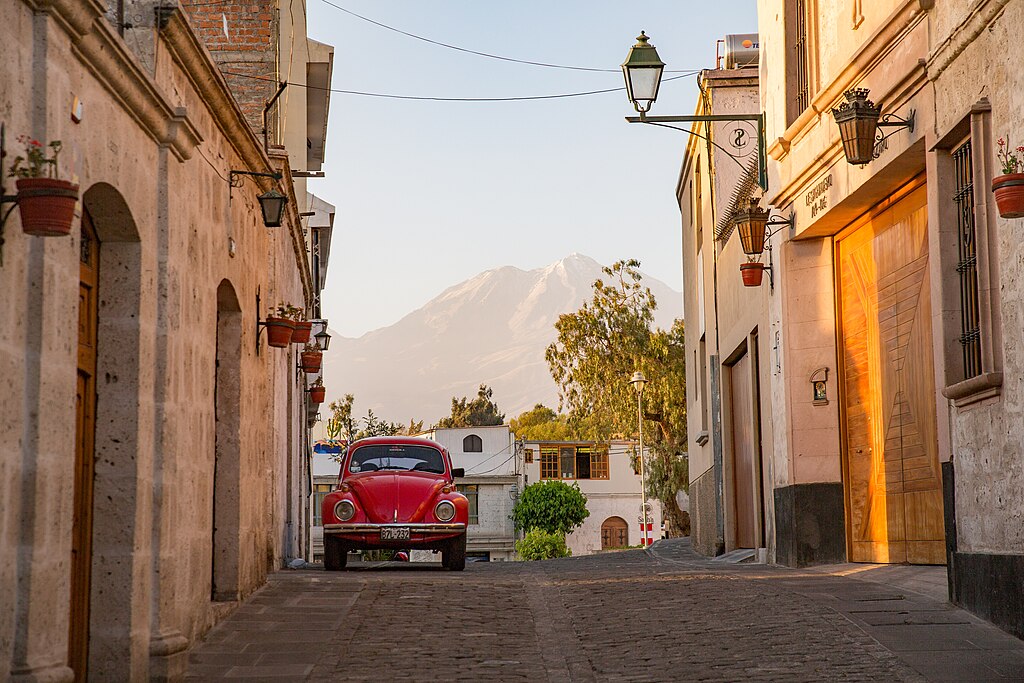
Arequipa is often called the “White City” because of the stunning sillar stone that is used in many of its colonial buildings. Located in southern Peru, Arequipa is surrounded by breathtaking volcanoes, making it a picturesque town with a dramatic landscape. Its historic center, a UNESCO World Heritage site, is filled with beautiful churches, colonial homes, and charming squares. Arequipa is known for its vibrant food scene, with local dishes like rocoto relleno and pisco sours adding flavor to the town’s rich culture.
Arequipa is also home to the Santa Catalina Monastery, a vast and colorful complex that offers a fascinating look into the town’s religious history. Visitors can explore its narrow streets, patios, and hidden corners. The town’s mix of natural beauty and colonial charm, combined with its delicious cuisine, make Arequipa a top destination for travelers to Peru.
Cuenca, Ecuador
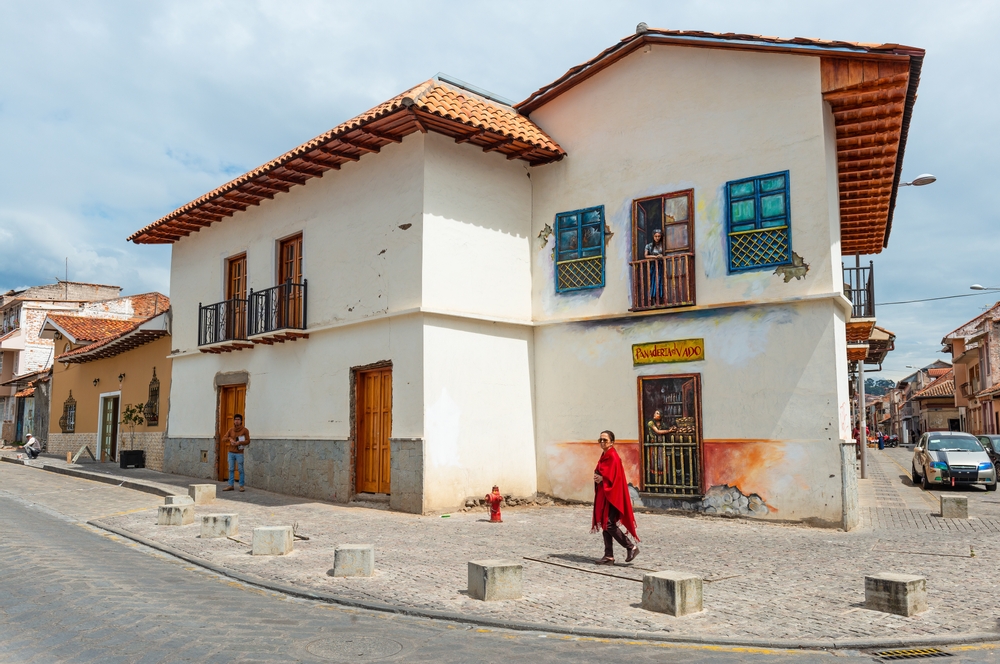
Cuenca is an elegant colonial town in southern Ecuador, known for its beautiful architecture and vibrant culture. The town’s historic center is a UNESCO World Heritage site, featuring cobblestone streets, colonial churches, and charming plazas. Cuenca is also home to a rich tradition of arts and crafts, particularly in ceramics and weaving, which visitors can find in the local markets. The town is surrounded by stunning mountain scenery, making it a perfect spot for outdoor enthusiasts.
Cuenca’s laid-back atmosphere and welcoming locals add to its charm, making it a great destination for those looking to experience Ecuador’s culture. Visitors can enjoy a mix of traditional Ecuadorian cuisine and international options at the town’s many cafes and restaurants. Cuenca’s combination of history, culture, and natural beauty makes it one of Latin America’s most charming colonial towns.
Sucre, Bolivia
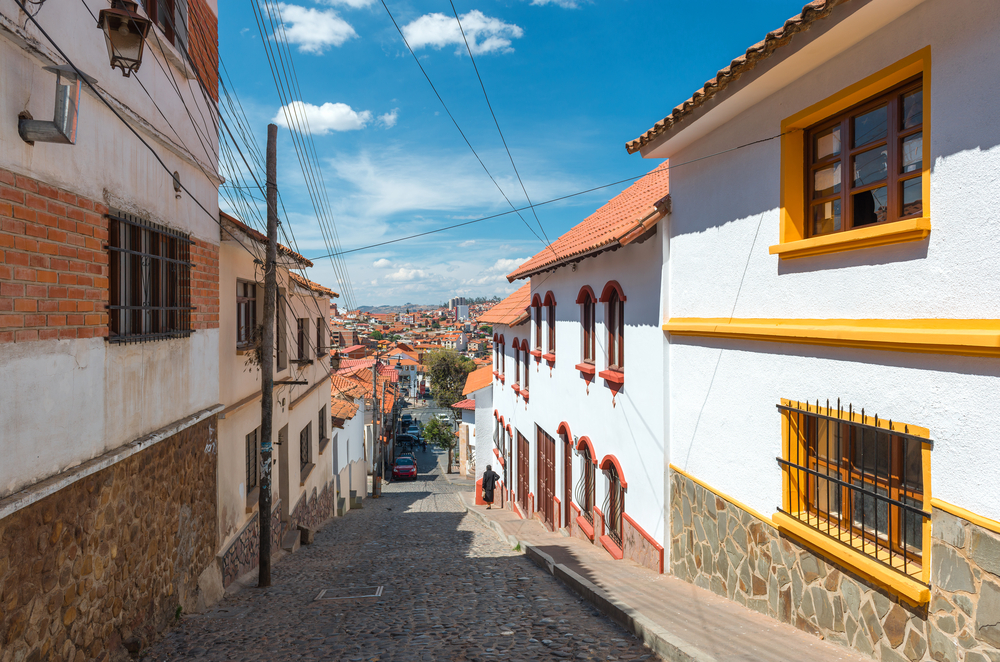
Sucre is Bolivia’s constitutional capital and one of the best-preserved colonial cities in Latin America. The city is a UNESCO World Heritage site, known for its stunning whitewashed buildings and beautiful plazas. Sucre’s central square, Plaza 25 de Mayo, is a popular gathering place for locals and visitors alike. The city also offers a rich history, with many museums and historical sites reflecting its important role in Bolivia’s independence movement.
Sucre is also famous for its lively markets and cultural festivals, which showcase traditional Bolivian music and dance. The city’s mild climate and stunning scenery make it a pleasant destination for travelers. Whether you are interested in history, culture, or simply enjoying the beautiful surroundings, Sucre offers something for everyone.
Trinidad, Cuba
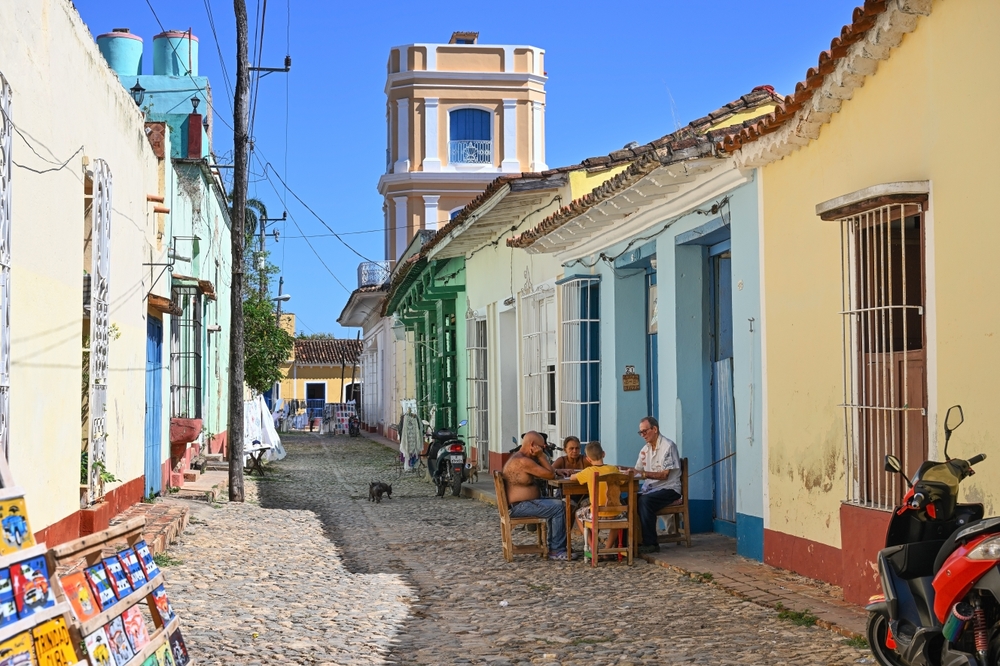
Trinidad is a colonial town located in central Cuba, known for its well-preserved architecture and vibrant streets. The town is a UNESCO World Heritage site and boasts colorful buildings, cobblestone streets, and historic plazas. Trinidad’s colonial charm is reflected in its museums, galleries, and churches, which offer insight into Cuba’s history. The town is also home to several beautiful beaches, making it a perfect combination of culture and relaxation.
In addition to its historical sites, Trinidad is famous for its lively music scene. Traditional Cuban music fills the streets, with musicians often performing in the town’s plazas and bars. Visitors can explore the town’s historical attractions or relax at the nearby beaches. Trinidad’s rich history, vibrant culture, and picturesque setting make it one of the most charming colonial towns in the Caribbean.
La Paz, Mexico
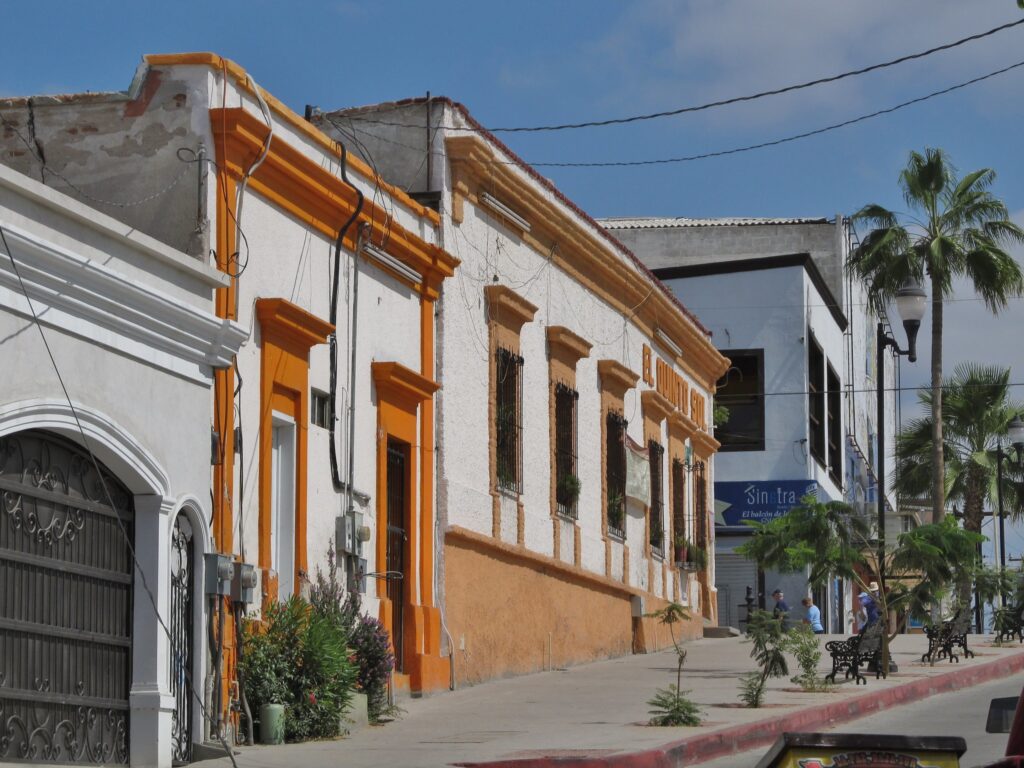
La Paz is a charming town located on Mexico’s Baja California Peninsula. Known for its stunning waterfront views and colorful buildings, La Paz is a perfect blend of history and modernity. The town’s colonial architecture is complemented by a relaxed atmosphere and beautiful beaches, making it an ideal destination for tourists. Visitors can explore the Malecon, a scenic waterfront promenade, or enjoy the town’s many seafood restaurants and local markets.
La Paz is also known for its proximity to the Sea of Cortez, which offers excellent opportunities for water activities like kayaking, snorkeling, and whale watching. The town’s warm climate and friendly locals add to its appeal. La Paz offers a peaceful retreat with a mix of culture, history, and nature.
Mérida, Mexico
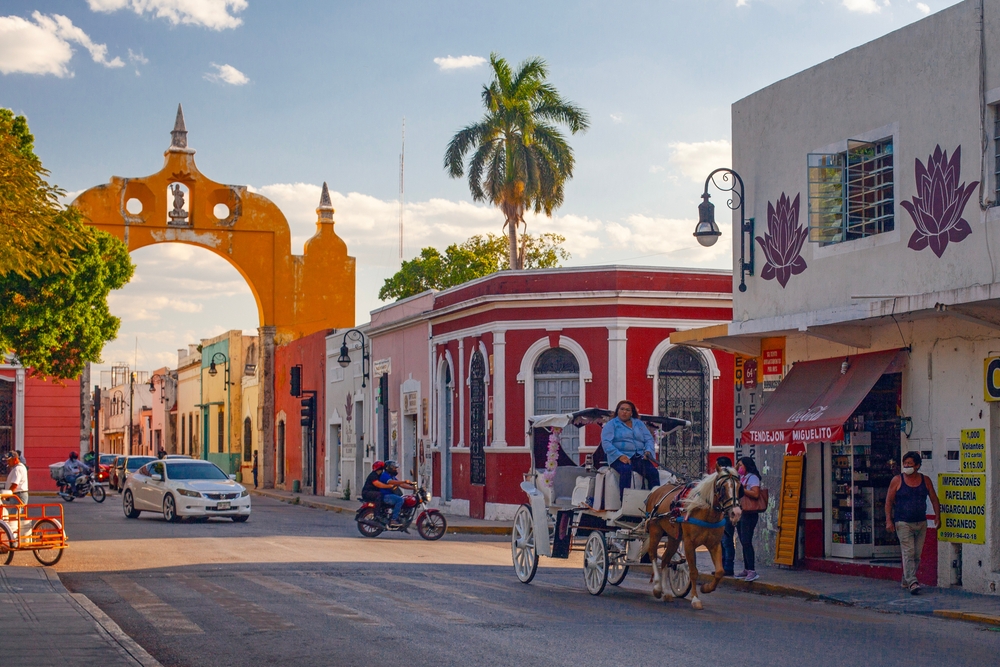
Mérida is a colonial city in the Yucatán Peninsula, known for its impressive colonial buildings and rich Mayan heritage. The city’s historical center is filled with brightly colored buildings, churches, and charming squares. Mérida is also famous for its cultural festivals, which celebrate everything from music and dance to food and art. The town’s mix of colonial and indigenous influences makes it a unique destination for travelers.
Mérida is often considered the cultural capital of the Yucatán, offering a wealth of museums, galleries, and theaters. Visitors can enjoy the city’s local cuisine, which combines traditional Mexican and Mayan flavors. Mérida’s charming streets and vibrant culture make it one of the most welcoming colonial towns in Latin America.
This article originally appeared on Avocadu.
